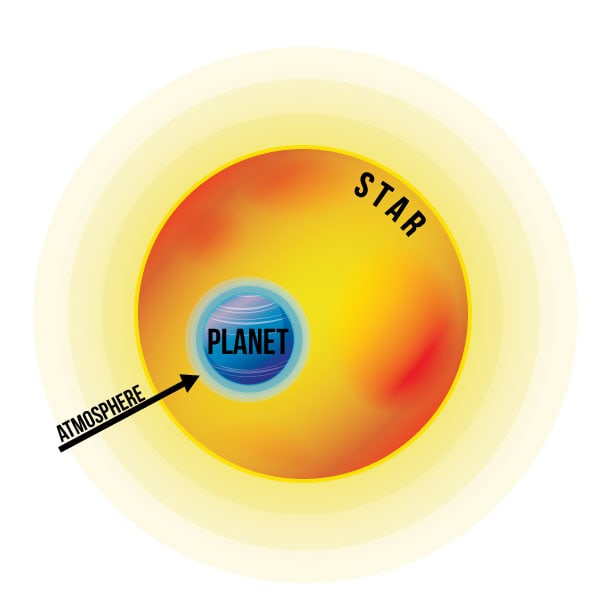Last month, scientists at NASA announced the discovery of four approximately Earth-sized planets orbiting a star 39.5 light-years away. While the discovery of planets beyond Earth’s solar system is not particularly unique, the planets discovered in orbit around the ultra-cool dwarf star TRAPPIST-1(aka 2MASS J23062928-0502285) may be capable of supporting life.
According to the TRAPPIST-1 website headed by the scientists that discovered the system of planets, TRAPPIST-1, that sits 12.1 parsecs (Kessel Run anybody?) from Earth’s sun, visible in the constellation Aquarius, was first discovered in 1999 during the Two Micron All-Sky Survey (2MASS). This survey catalogued over 300 million objects in space including various galaxies, planets and stars. In 2015 and 2016, a team from the University of Liege in Belgium led by Michael Gillon used the Transiting Planets and Planetesimals Small Telescope (TRAPPIST) to discover three of the seven total planets. The scientists used a method known as transit photometry to discover the planets in orbit around the star. Blackburn College Provost and discoverer of several minor planets Dr. John McClusky describes transit photometry with his computer screen serving as the light of the TRAPPIST-1 star. “Think of the screen; it’s giving off light like the sun. With telescopes, we can measure the light intensity very accurately. Then if a planet goes in front [of the star] it blocks some of the light,” said McClusky. Essentially, scientists were able to determine that there were planets orbiting around TRAPPIST-1 by measuring the dimming of the star’s light when one of the planets crossed in front of it. Just last month, four more planets were announced to be orbiting around TRAPPIST-1. But if three of the planets were discovered in 2016, why are scientists just now excited about them?
Some of the reason for TRAPPIST-1’s recent rise to fame has to do with three of the planet’s locations in what is known as the star’s habitable zone. The habitable zone refers to planets inside the star’s orbit that are not too close and not too far away from the star itself so that water can exist on the surface. This is sometimes referred to as “the Goldilocks Zone” because of the planet’s distance being just right. An unusual aspect of the planets surrounding TRAPPIST-1 are how close they are to each other and the star itself. The reason they can be so close and still be capable of supporting life is due to the star being ultra-cool (as in temperature) and several times dimmer than the Earth’s sun. According to McClusky, a possible wrench in any of the planet’s capabilities of supporting life is the likelihood that all of them are tidally locked. This means that much like Earth’s moon, the planets would have only one side permanently facing the star, leaving a half of each planet in eternal daylight and the other in perpetual night. This also leaves one half very warm and the other very cold, respectively. The only way for any of the planets to support life rests on the kind of atmosphere that they have. The planets’ atmospheres could be determined much in the same way the planets themselves were discovered. McClusky explains that “different molecules, different compounds absorb light differently,” which scientists can use to establish infrared wavelength patterns that signify different molecules. Once they have established what each pattern means they can look for the patterns while observing the planets in transit around TRAPPIST-1. If the patterns for molecules present in a livable atmosphere are visible, then scientists can determine if any of the planets are habitable.
While scientists are relatively far off from knowing whether or not the planets around TRAPPIST-1 are habitable, it is certain that without some major technological breakthrough that no human alive today is likely to ever visit any of the planets. Even if humans were capable of travelling at the speed of light through space it would still take 39.5 years to reach TRAPPIST-1. The current fastest manmade object, Voyager 1, is only capable of travelling 17 km per second, making the trip to TRAPPIST-1 an impossible to survive 688,000 years long. The Juno spacecraft is technically faster at approximately 40 km per second at its max speed, but is only capable of doing so with assistance from a planet’s field of gravity through a slingshot maneuver.

